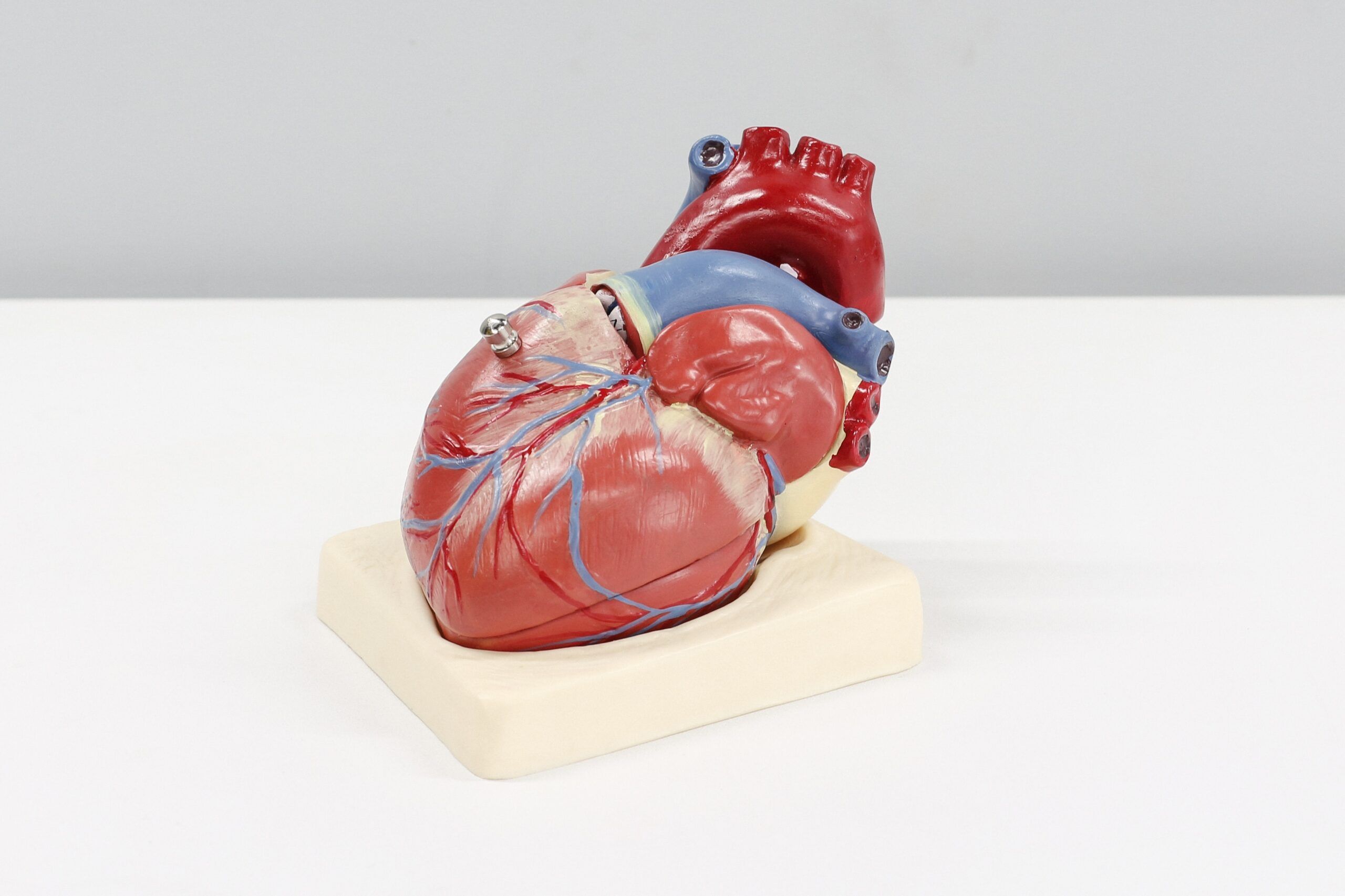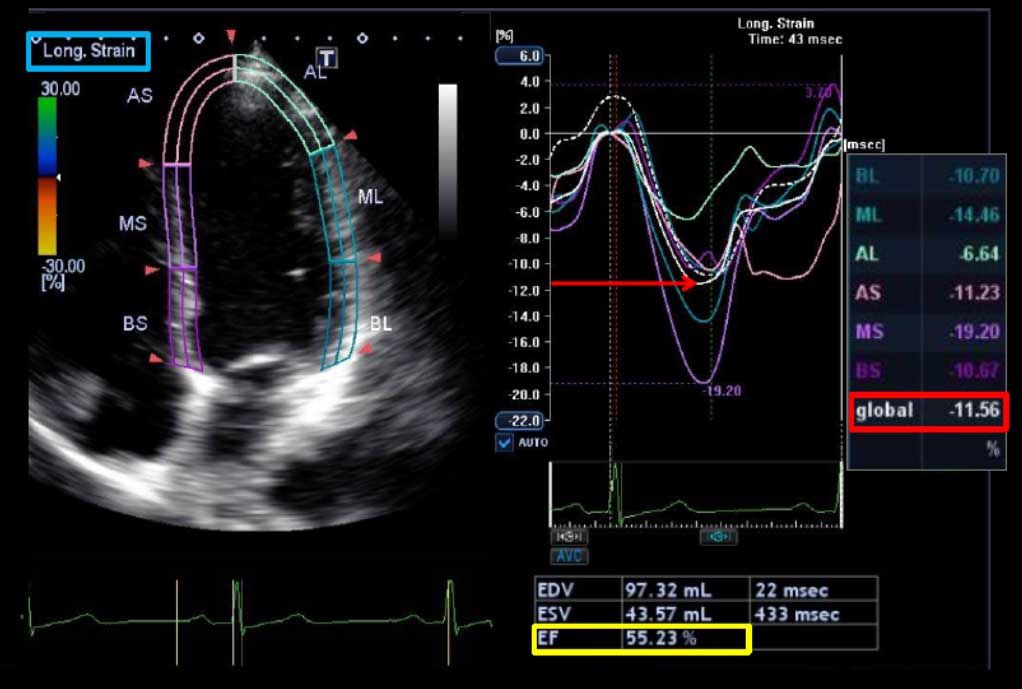Glossary of Medical Terms
- Arrhythmia – an abnormality of the heart’s electrical system. Tachyarrhythmias are arrhythmias where the heart beats too fast, and bradyarrhythmias are arrhythmias where the heart beats too slowly. Arrhythmias are very common, and range from very benign to very serious.
- Arrhythmogenic Right Ventricular Cardiomyopathy (ARVC) – an inherited condition that leads to replacement of normal heart muscle with fat and scar tissue, especially the right ventricle. ARVC increases the risk of sudden cardiac death and may also lead to heart failure.
- Atrial fibrillation (AF) – a heart rhythm disorder where the heart beats irregularly and fast. It is the most common sustained arrhythmia. In addition to causing symptoms like palpitation, shortness of breath and fatigue, it can increase the risk of stroke. A number of effective treatments are available to help reduce symptoms and stroke risk.
- Atrial flutter (AFL) – a heart rhythm disorder similar to AF, but with a more organized “short circuit” in the upper chambers of the heart (the atria).
- Brugada’s syndrome – an inherited heart rhythm disorder that increases the risk of sudden cardiac death. It is characterized by a specific abnormal ECG pattern.
- Catecholaminergic Polymorphic Ventricular Tachycardia (CPVT) – an inherited cardiac rhythm disorder that increases the risk of sudden death during exercise.
- Cardiomyopathy – a weakened heart muscle that cannot pump blood as efficiently. Many patients with cardiomyopathy are at increased risk for dangerous arrhythmias and for congestive heart failure.
- Coronary artery disease (CAD) – blockages in the coronary arteries that supply blood to the heart muscle. CAD is the major cause of heart attacks (myocardial infarction).
- Heart attack (myocardial infarction) – Damage to the heart muscle caused by blockages in the coronary arteries.
- Heart failure (Congestive heart failure) – occurs when patients with cardiomyopathy have a weakened heart that cannot meet the demands of the body. Heart failure symptoms include shortness of breath, fatigue, and inability to carry out normal activities. Many treatments are available to slow the progression of heart failure and to treat symptoms.
- Hypertension – high blood pressure
- Palpitation – an unpleasant awareness of one’s own heart beat.
- Premature contractions – “Extra beats”; occurring after a normal beat, and earlier than the next normal beat would have been expected. Premature contractions from the upper chambers (the atria) are called premature atrial contractions (PACs), while those from the lower chambers (the ventricles) are called premature ventricular contractions (PVCs). PACs and PVCs are extremely common, and are usually not dangerous.
- Sinus rhythm – the normal rhythm of the heart – each beat originating from the sinus node in the right atrium.
- Sick sinus syndrome (SSS) – failure of the sinus node (the heart’s natural pacemaker) to function normally. This results in the heart beating too slowly, with symptoms such as exercise intolerance, fatigue, dizzy spells, and sometimes blackouts. The implant of a permanent pacemaker is often required.
- Stroke – an injury to the brain caused either by a blood clot that has traveled from elsewhere in the body to lodge in the brain (embolic stroke); or bleeding directly into the brain (hemorrhagic stroke). Atrial fibrillation (AF), the most common sustained arrhythmia, increases the risk for embolic stroke.
- Sudden cardiac arrest (SCA) – sudden cessation of the heart’s mechanical action. The vast majority of SCA is caused by ventricular arrhythmias like ventricular fibrillation (VF) – where the heart’s rhythm in the ventricles, (the lower, “pumping” chambers) suddenly becomes chaotic. The chaotic rhythm results in a stoppage of the heart’s mechanical action. Unless treatment begins within a few minutes, SCA is fatal. Only 5% of people survive an “out-of-hospital” cardiac arrest. The best treatment for VF (the number one cause of SCA) is prompt defibrillation – the delivery of an electrical shock – to restore the normal rhythm. Sudden cardiac arrest (SCA) and “heart attack” (myocardial infarction) are not the same – SCA is an electrical event, and a heart attack is a plumbing event.
- Supraventricular tachycardia (SVT) – a rapid and regular fast heart rhythm, usually caused by a “short circuit” in the heart. Most SVTs are benign, although they can be very symptomatic. Most SVTs can be cured by catheter ablation.
- Syncope – loss of consciousness due to an arrhythmia or low blood pressure. Syncope is extremely common, and ranges in severity from benign to life-threatening. Everyone with syncope should be evaluated by a physician.
- Ventricular fibrillation (VF) – an abnormally fast heart rhythm in which the lower, pumping chambers, the ventricles, beat chaotically. This results in little or no pumping action of the heart. VF is universally fatal unless the patient is promptly defibrillated.
- Ventricular tachycardia (VT) – an abnormally fast heart rhythm arising from the lower, pumping chambers (the ventricles). VT is often dangerous, like VF, as it can also lead to sudden death. However, it can be tolerated for minutes or hours. In some patients with structurally normal hearts, VT can be benign.
** Source: Canadian Heart Rhythm Society


